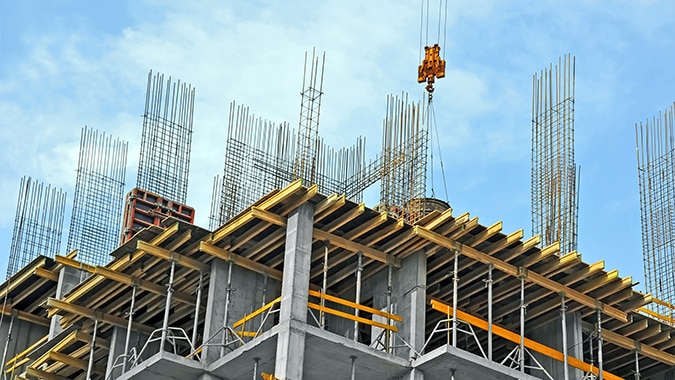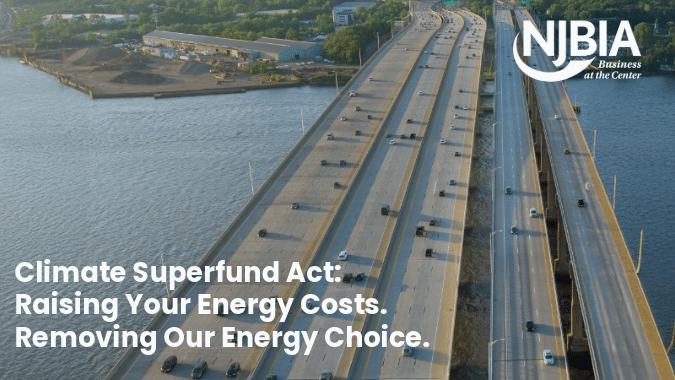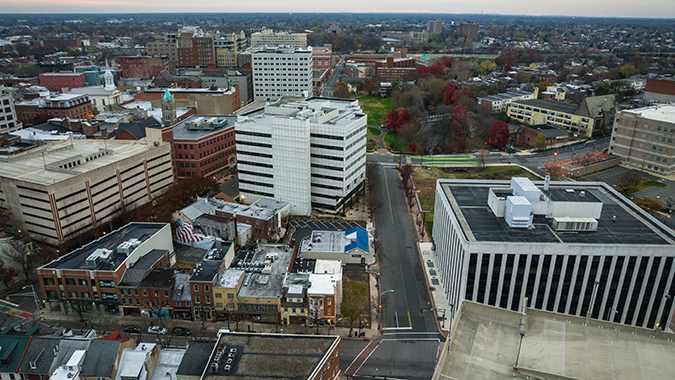Construction input prices increased 0.2% in May compared to the previous month largely due to rising costs of iron, steel, copper and aluminum, according to an Associated Builders and Contractors analysis of the U.S. Bureau of Labor Statistics’ Producer Price Index data.
Meanwhile, nonresidential construction input prices increased by 0.3% for the month. The data does not capture the impact of new higher steel and aluminum tariffs that took effect on June 4. Presidential Proclamation 10947 adjusted the previous 25% tariff to 50%.
Compared to a year ago, overall construction input prices are 1.3% higher while nonresidential construction input prices are 1.6% higher.
Construction input prices refer to the costs of resources used in the construction process, including materials, labor, energy, and other essential inputs. These prices directly impact the overall cost of construction projects.
Prices decreased in two of the three energy categories last month, which helped offset the increased cost of tariffs. Natural gas prices were down 18.7%, while prices for unprocessed energy materials were down 3.5%. Crude petroleum prices increased 1.3% in May.
“Construction materials prices continued to increase at a faster-than-ideal pace in May,” said ABC Chief Economist Anirban Basu last week. “While input prices are up just 1.3% over the past year, modest escalation is entirely due to price decreases during the second half of 2024. Costs have increased rapidly since the start of this year, with input prices rising at a 6% annualized rate through the first five months of 2025.
“Accelerating input price escalation is largely due to rapid price increases for tariff-affected goods like iron and steel,” said Basu, adding that this trend is expected to continue over the next few quarters.
Despite rising input prices, contractors in May remained relatively optimistic about their profit margins, according to the Associated Builders and Contractors Construction Confidence Index.
“With cooler-than-expected economywide inflation in May, the number of expected (interest) rate cuts in 2025 has risen,” Basu said. “If those expectations are realized, it would provide the construction industry with a much-needed tailwind.”




